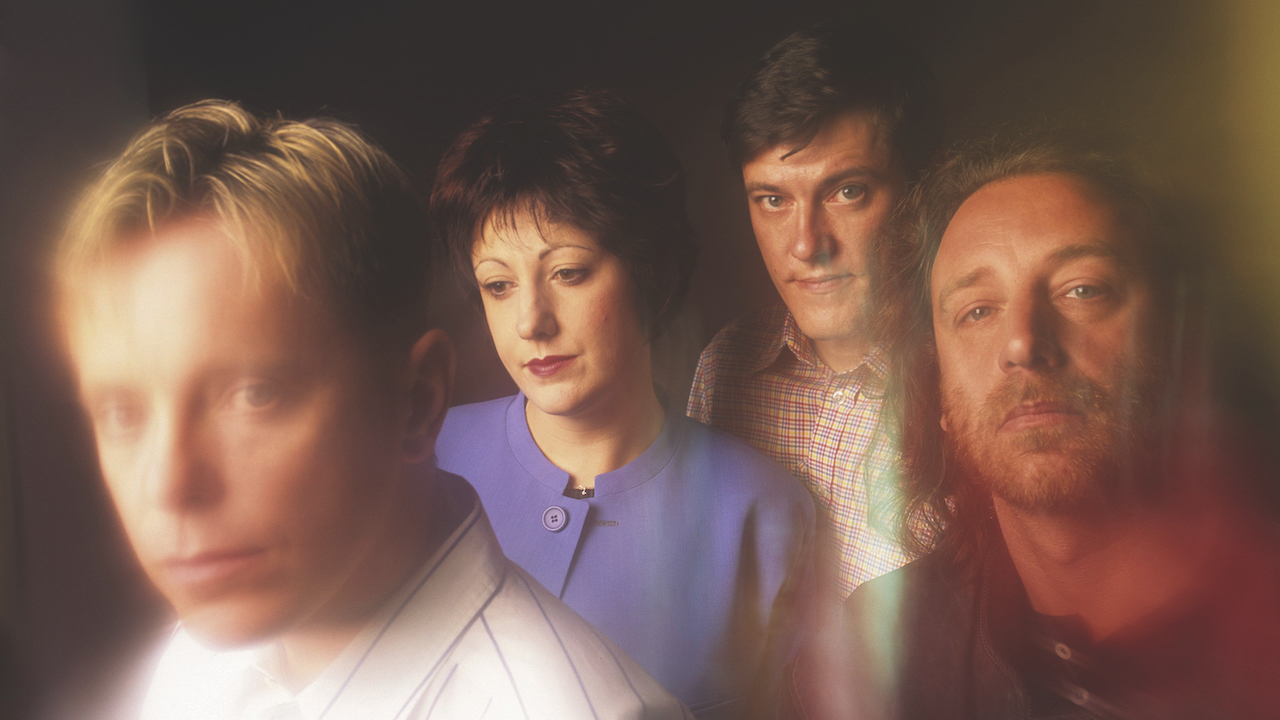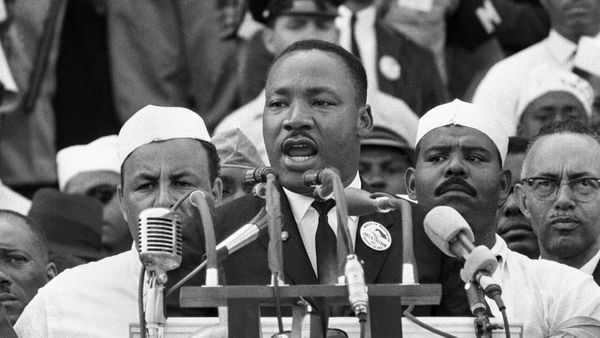
For five decades, New Order have skipped with some aplomb between gloomy post-punk tunes, atmospheric electronica, jangly Brit guitar music, full-on electro, comedy pop and four-to-the-floor dance, never really outstaying their welcome or sticking around long enough to be categorised or pigeonholed, and often throwing elements of some of the above styles – or even all of them – into one recording.
Being so hard to pin down, then, it’s not surprising that they have helped to create and influence a wide range of genres of music, from goth to dance, post-rock to synth-pop.
But you can’t really talk about the band’s impact without mentioning their first incarnation, as so much about New Order’s sound, career and experimental approach was defined by former band Joy Division, not least three-quarters of their lineup. And there are just as many bands that will tell you that the biggest cementing factor was early Joy Division, as there are those that will say that it was New Order who ultimately defined their sound.
A sound apart
Bernard Sumner, Peter Hook, and lead singer Ian Curtis first got together in 1976, forming the band Warsaw, with drummer Stephen Morris joining in 1977. After renaming the band Joy Division, they recorded two seminal albums, Unknown Pleasures and Closer.
These dark, emotive and highly atmospheric works have become flag bearers for just about any kind of introspective style of music since. And their sound was largely down to producer Martin Hannett’s use of many studio techniques – including early synths and wild effects experimentation – and pushing the band through their sonic boundaries, not always to their liking.
After recording those two albums, Curtis took his life in 1980 after struggling with depression and epilepsy, just a month before the release of the single Love Will Tear Us Apart. That, and second album Closer, would become successes that Curtis tragically never saw, but would be the perfect memorial to both him and Joy Division, as the three remaining members decided to move on, becoming New Order later that year, joined by keyboard player Gillian Gilbert.
A new start
New Order initially took much of the darker Joy Division sound with them, but a combination of their experiences of the New York club scene partnered with European electro would see their sound become more electronic, yet still slightly at odds with the synth-pop of the time.

Their particular style would push Hooky’s bass to the fore, giving their synth sound a driving menace and attitude lacking elsewhere in electronic music. These certainly weren’t the pretty boys of synth music, although they produced some of the most beautiful examples of it.
1986’s Bizarre Love Triangle, and True Faith a year later, were a match for any 1980s pop songs, while the band’s earlier and iconic Blue Monday, complete with Moog bass, Kraftwerk samples and Oberheim beats – not to mention its budget-bustingly expensive sleeve by Peter Saville – would certainly contribute to keeping them on many a synth-pop compilation over the following four decades.
That early freedom and willingness to adapt and adopt would see New Order embrace and become a big influence on dance music towards the end of the ’80s and explore pop success in 1990 with World in Motion, aka the greatest football song ever made. The ’90s saw a couple of good releases including the single Regret, but the band would eventually take much of the remaining decade off.
After returning in 1998, it’s fair to say that a lack of consistency probably worked against the band in later years, and lineup changes didn’t help – but were perhaps necessary as tensions between the band members increased.
Peter Hook left in 2007 and matters became famously acrimonious between him and the rest of the band, overshadowing any later music and a long legacy which can’t be understated. New Order are rare in that they have shaped both current guitar-based and electronic music, and not just in a single era.
They were one of the few bands to successfully leap from ’70s punk to ’80s synth-pop to ’90s dance and well beyond. And let’s not forget that they were the first to sample Kraftwerk and record a John Barnes rap. There aren’t many that can say that.
New Order in 4 tracks
1. Temptation (Factory Records, 1982/1987)
Choose the ’82 version, choose the ’87 version or ‘choose life’ (yes this was on the Trainspotting soundtrack, though Google might tell you it was Heaven 17). Both versions fit their eras. In ’82, New Order were forging a new sound and Temptation was the blueprint; in ’87 it was the perfect electronic/guitar blend for an exploding Manchester scene.
2. Blue Monday (Factory Records, 1983)
An oddity at the time as the single wasn’t included on the then current album Power, Corruption & Lies. Extended mixes would see it become the biggest selling 12-inch ever: a brilliant stat to boast about, had the band not allegedly lost money on every copy sold (thanks to its expensive cover).
3. Bizarre Love Triangle (Factory Records, 1986)
A fantastic New Order song, but as bizarrely as the Love Triangle, one of the least popular on its release. Yet it has all the ingredients – the poppiest of choruses and a Pet Shop Boys feel – and Hooky does some classic bass, with a closing solo that reminds you that the band weren’t getting too ‘synth soft’.
4. True Faith (Factory Records, 1987)
We’re going to put this out there as being the finest New Order song ever – perhaps even one of the finest pop songs ever. It does have a co-write from the master of the genre, Stephen Hague, though, and it’s easy to hear him in evidence. But we also love Hooky’s crashing bass – it just shouldn’t work but does. Great video and B-side (1963) too.







